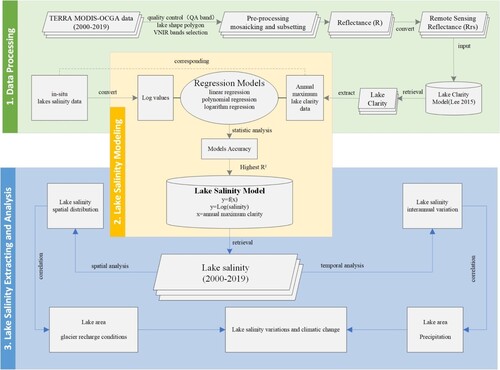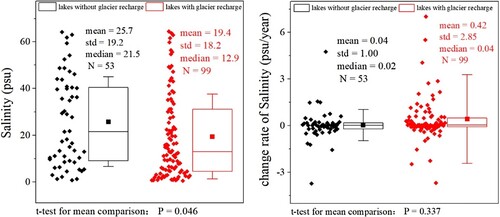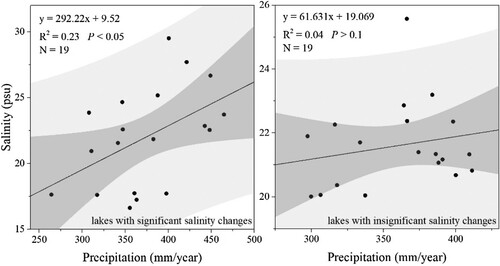Figures & data
Figure 1. Distribution of lakes and lakes with in-situ salinity measurements across the Tibetan Plateau.
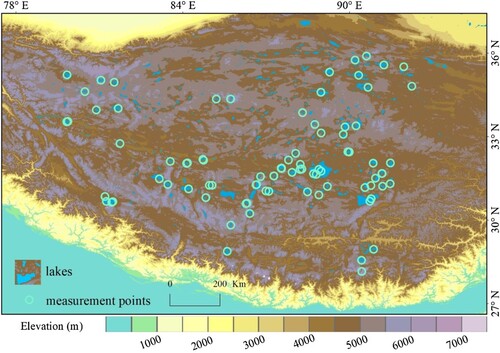
Figure 3. Relationship between the measured salinity of the lake and the maximum clarity (SD value) in the corresponding year.

Figure 4. Changes in retrieval values of salinity of 152 lakes of greater than 50 km2 on the Tibetan Plateau from 2000 to 2019.
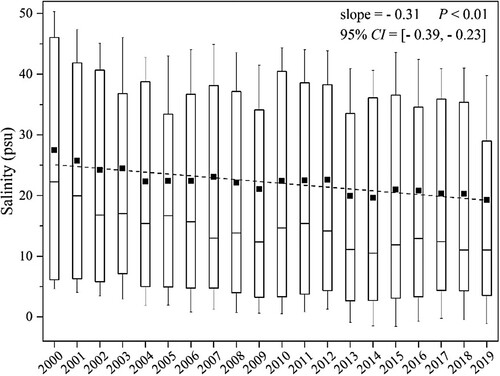
Figure 5. Absorbance characteristics of different concentrations of inorganic salt solutions based on laboratory standard control measurement.

Figure 6. Relationship between absorption coefficients (average in 400–550 nm) and concentration of different inorganic salt solutions.
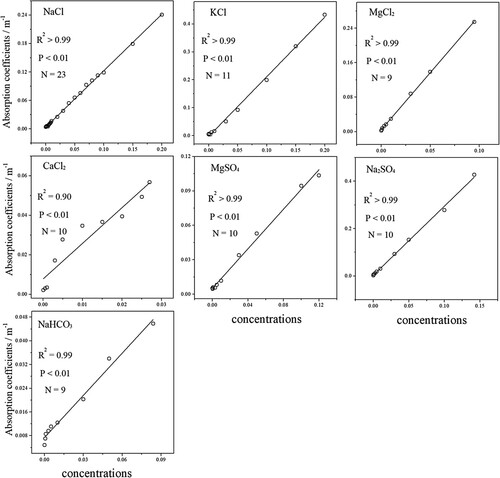
Figure 7. Spatial distribution of interannual changes (psu value and percent value) in retrieved salinity from 2000 to 2019 in 152 lakes with an area greater than 50 km2 on the Tibetan Plateau.
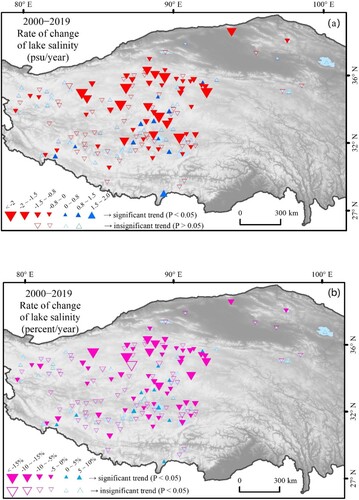
Figure 8. Relationship between retrieved salinity and lake area (converted to a log value for improved visualization).
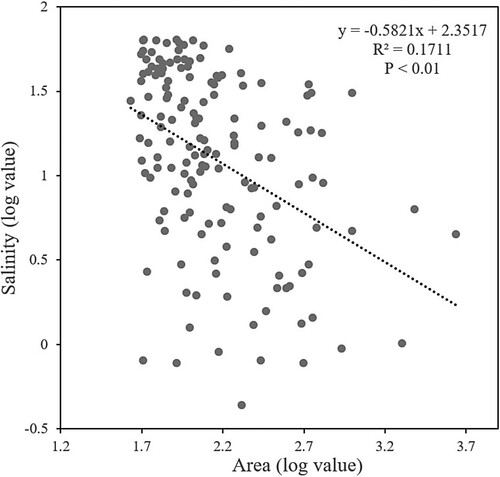
Figure 9. Relationship between interannual change in retrieved salinity data (divided into significant/insignificant changes in lakes) and interannual change in lake area on the Tibetan Plateau.

Data availability statement
The data that support the findings of this study are available from the corresponding author upon reasonable request.

